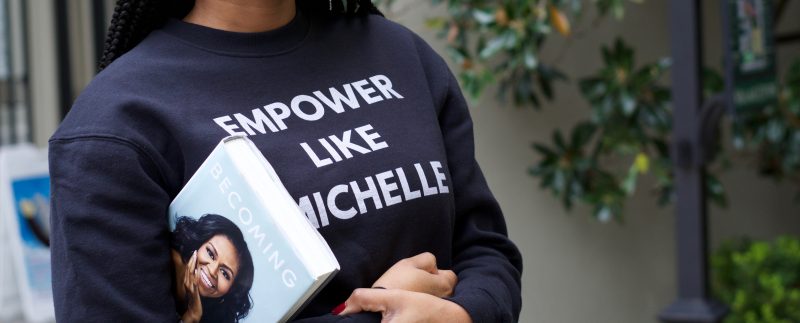Diversity, equity and inclusion fit nicely on PowerPoint slides. All three words sound good rolling off the tongue. But putting DE&I into practice is anything but neat.
It’s messy. It’s emotional. And it’s layered. At least that’s what I’ve come to learn, and my journey in this space is just beginning. In early June, I discussed the importance of creating spaces at work to have honest conversations about race. I shared that as a Black woman and a trained journalist, I’ve been taught to leave my race, my identity at the door and to be unbiased.
My story isn’t unique, and this certainly isn’t an issue for newsrooms alone.
After writing that article, I was touched by the transparent comments and feedback from people who shared my words with colleagues, their bosses, family members and friends. My call to action for readers was clear, and my questions were direct: How are you using your influence, your words and your actions for good and to include colleagues who are marginalized? What does allyship look like in your office?
There are people who say they are serious about change. But their commitment and sincerity are evident through actions.
What I’ve outlined below are more than a dozen questions that I think can help to gauge how committed leaders are to real change. They are in no particular order, but I think they are a great starting point for having honest conversations about current racial inequities in workplaces and how to replace cosmetic fixes with impactful change.
1. What is your understanding today of the experience(s) Black employees have at work? Based on what you know, what is and is not working?
2. Before now, what efforts have been made individually and collectively by the leadership team to understand what Black employees experience at work?
3. Based on what you already know, what steps have you taken to correct those issues?
4. What channels currently exist to understand what is and is not working for Black employees?
5. What have you learned from exit interviews and communications with human resources (HR) about the experiences of Black and other employees who don’t identify as white?
6. Was there any follow-up or corrective action? If so, what? If no follow-up action was taken, then why not?
7. Is it clear to employees what channels and resources are available to support them and to report racial inequities?
8. Is diversity, equity and inclusion a core value at this organization?
9. What can you point to in support of that claim?
10. What does the data show about hiring, promotions, retention and turnover among Black employees, and how has that changed over time?
11. Have you used that data to make any positive/substantive changes? If so, please provide examples. If not, why?
12. What DE&I goals are already in place? What progress has been made?
13. Can you provide specific examples of how you plan to promote transparency and accountability as it relates to DE&I?
14. Will there be transparent and routine releases of internal data to track progress?
15. What efforts are being made to benchmark and evaluate managers, particularly those who have high turnover rates on their teams or who have been reported to HR?
16. Will you consider 360-degree evaluations for managers and ask questions about DE&I, microaggressions etc? This may be hard for smaller teams, but this should be considered.
17. What resources (time, effort, money) are you putting toward DE&I now?
18. What are you willing to put toward DE&I going forward?
19. What concrete actions have you committed to taking that will improve DE&I, and what’s the timeline for implementation?
What questions would you add to this list? Share them in the comment section below. This post was also shared on Medium.com.





Leave a Reply
You must be logged in to post a comment.